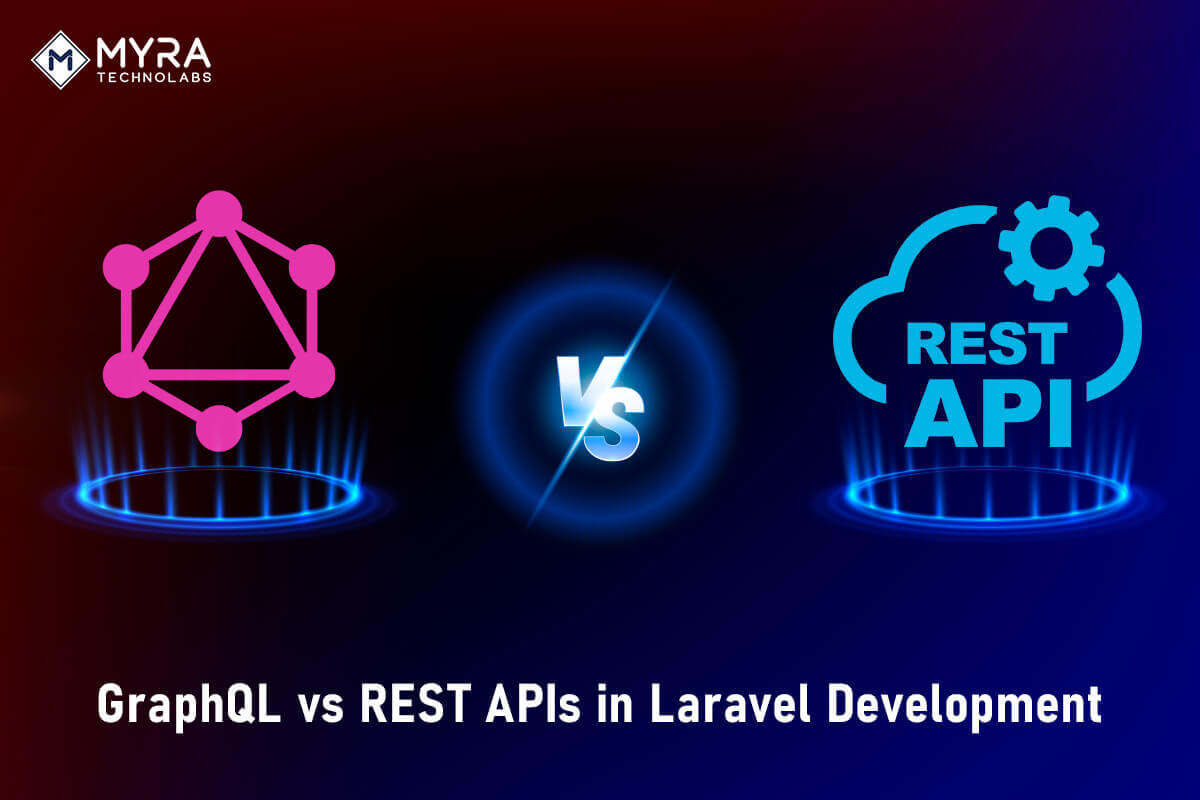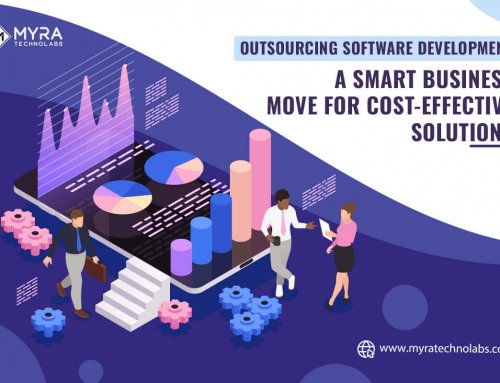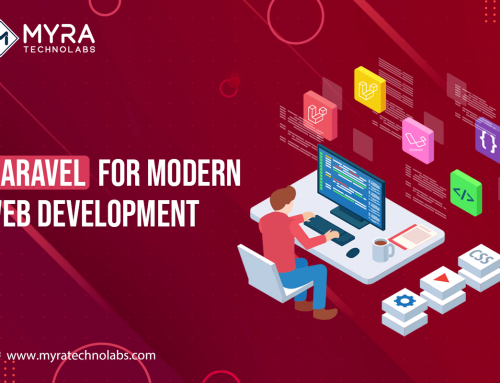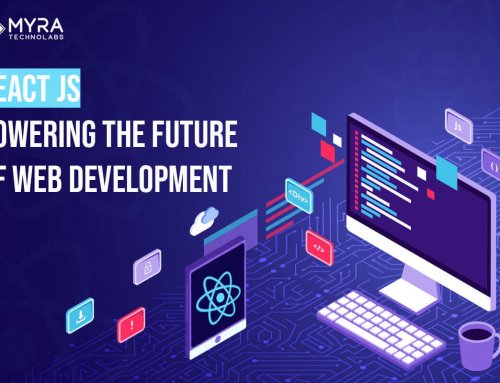Applications can communicate and exchange data by using REST APIs and GraphQL. REST comes with architectural guidelines for designing APIs using URLs and HTTP verbs to access resources. It comes with multiple endpoints (URLs) to carry out different actions. On the other side, APIs use GraphQL as a query language. Unlike REST, GraphQL uses a single endpoint to specify the data the client needs. Laravel provides route definitions and controllers to build RESTful APIs while you can use third-party packages to integrate GraphQL into Laravel.
Today, more developers are using GraphQL as compared to REST because of its efficiency, flexibility, real-time updates, and strong typing. Here in this post, we will look into both technologies in detail and their role in Laravel development services.
We will compare GraphQL vs REST APIs in terms of different aspects to know more about what works better for developers and businesses.
REST APIs in Laravel
REST APIs follow three basic principles:
- Resources: Resources are key for REST APIs and come with unique identifiers. They represent data like blog posts, products, users, etc.
- Endpoints: Endpoints are URLs that let clients interact with APIs. They map resources.
- HTTP methods: It helps to carry out different tasks on resources. The methods are GET, POST, PUT, PATCH, and DELETE.
A Laravel development company uses REST APIs to retrieve data for mobile and frontend applications by using Laravel APIs. A Laravel API is also used for user authentication in the form of handling user login requests and ensuring secure access to different API functionalities by generating authentication tokens. CRUD operations can be carried out using Laravel API. It can help with content management and product management.
However, REST APIs come with some limitations too. Over-fetching of the entire user object instead of the client’s specific data or under-fetching data, leading to slow application performance. It also comes with complex nested queries making it hard to take care of nested relationships of data when separate calls are required to fetch specific data.
GraphQL in Laravel
GraphQL schemas define how data is accessed by a client by setting a contract between the client and the server. Any specific data defined in the schema can be requested through GraphQL queries. To properly fetch data, the user can specify what they exactly need.
GraphQL lets developers specify the required exact data within a single request through its structured approach which defines different data schemes and with flexible query language. This way the common issue with the REST APIs which is over-fetching and under-fetching is reduced drastically leading to exact data retrieval.
Also, read the blog Catalyzing Business Revenue with Laravel Development
Here is an example of a ‘Post’ model where one of the Laravel packages named GraphQL ^14 is used to define a schema and resolvers.
So, let’s see how a schema is defined:
type Post {
id: ID!
title: String!
body: String
}
type Query {
posts: [Post!]!
}
Now let’s see how resolvers are defined:
<?php
namespace App\GraphQL\Resolvers;
use GraphQL\Type\Definition\ResolveField;
use App\Models\Post;
class PostResolver
{
public function resolvePosts($root, $args, $context, ResolveField $info)
{
return Post::all();
}
}
Here the schema file is (schema.graphql). The posts are retrieved from the database using resolvePosts and the resolving fields are handled by creating a class called PostResolver.
When we talk about GraphQL vs. REST APIs, the former offers several benefits as compared to the latter one. It provides efficient data fetching by letting clients specify exactly what they want. This helps in reducing network traffic that can be created from unnecessary data transfers. It also simplifies data requests from complex nested structures by letting the client request a single query to access data from different sources.
Comparing GraphQL vs REST APIs in Laravel
Let’s see GraphQL vs. REST APIs against different aspects in Laravel.
-
Performance
REST APIs are easy to set up and good for basic data retrieval. However, it comes with issues related to over-fetching and under-fetching.
GraphQL is good for ensuring reduced network traffic when fetching data and also lets users retrieve data from different resources from a single query. However, it comes with a steep learning curve and you might have to take care of some overhead when it comes to processing complex queries.
-
Flexibility
REST handles separate manipulation requests and predefined endpoints for data querying whereas GraphQL offers flexible mutations and querying.
-
Scalability
GraphQL comes with complex server-side handling but ensures reduced data transfer. REST, on the other side, can scale easily through caching but comes with the issue of data over-fetching.
-
Learning curve
When it comes to being developer-friendly, REST APIs are better than GraphQL.
-
Tooling and Ecosystem
Laravel comes with several built-in tools and libraries for REST and GraphQL to be used for Laravel development services.
Key Differences Between REST APIs and GraphQL
| Feature | GraphQL | REST APIs |
| Data Fetching Approach | Flexible querying with a single request | Based on predefined endpoints multiple requests are made |
| Data Structure | Allows client to choose specific fields | Data structures are defined by servers |
| Caching Capabilities | Caching based on specific queries | Caching based on responses and endpoints |
| Versioning Considerations | Queries may be impacted by schema changes | Versioning takes place over URLs |
Also, read the blog on Distinctive Features Of Best Laravel Development Company
Choosing Between REST APIs and GraphQL in Laravel
A Laravel development company has to consider a few factors before choosing between REST and GraphQL for the project. They are:
Project complexity and data relationships
REST is ideal for simple projects while complex projects can be handled well with GraphQL. REST has predefined endpoints which lets have well-defined data models that are separated. With GraphQL, you can fetch complex data from different resources using a single query.
Client application needs
- Flexible data fetching
If the business needs to fetch specific data then GraphQL can be used as it offers better flexibility and control to the client.
- Predefined functionalities
If the business needs pre-defined endpoints with mutations, then REST can work for the client.
Team experience and familiarity with technology
More developers are familiar with REST and is widely used as compared to GraphQL.
Conclusion
You need to consider client needs and the data complexity of the project when it comes to choosing between GraphQL and REST for your Laravel development services. Small projects with well-defined data models can go for REST while the complex ones that need flexible data fetching should consider GraphQL. GraphQL has a steep learning curve but then it is more efficient than REST.
Each comes with its own set of strengths and weaknesses which can be only judged by a Laravel development company based on your project requirements.
Always remember that the needs of your business and your team’s experience play a huge role in letting you decide when to choose REST and GraphQL for different Laravel projects.





